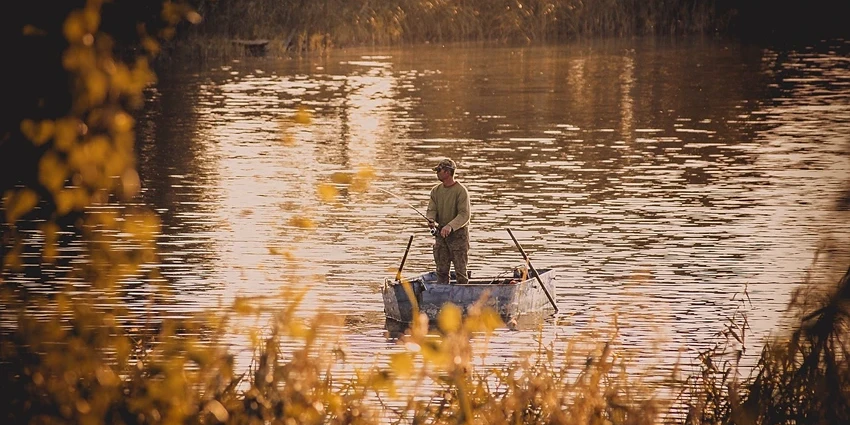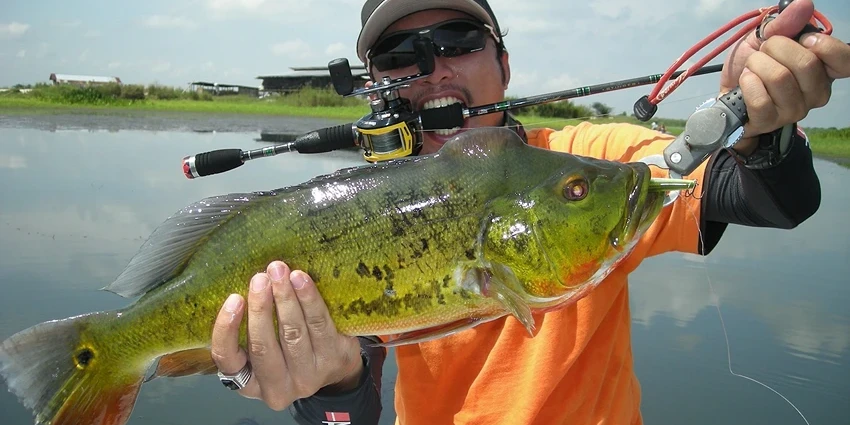All products were chosen independently by our editorial team. This review contains affiliate links and we may receive a commission for purchases made. Please read our affiliates FAQ page to find out more.
Fishing is not just about casting a line and hoping for the best; it’s an art, a science, and, most importantly, a skill that requires patience and practice. One of the most crucial skills in fishing is knot tying. Whether you’re a beginner or a seasoned angler, the right knot can make all the difference between a great catch and a lost fish. So, let’s dive into the world of fishing knots and unravel the secrets to successful angling.
Jump to:
Introduction to Fishing Knots for Beginners
Fishing knots are the unsung heroes of a successful fishing trip, especially in fly fishing. To learn more about fly fishing, including essential knots, visit our beginner’s guide to fly fishing. Fishing knots are the unsung heroes of a successful fishing trip, especially in specialized scenarios like fly fishing in small streams. They are the critical link between you and your catch. As a beginner, understanding the importance of these knots and how to tie them correctly is the first step towards a rewarding fishing experience.
Essential Knots for Freshwater Fishing
Palomar Knot
- Strength: One of the strongest knots
- Best For: Braided fishing lines
- Popularity: Highly favored among anglers
Surgeon’s Knot
- Usage: Ideal for tying two lines together
- Simplicity: Known for its ease of tying
Uni Knot
- Versatility: Effective for various fishing scenarios
- Ease of Learning: Simple for beginners to master

Step-by-Step Guide to Tying Basic Fishing Knots
Palomar Knot
- Double the Line: Take about six inches of line and double it.
- Thread the Hook: Pass the loop through the eye of the hook.
- Tie an Overhand Knot: Let the hook hang loosely; don’t twist the lines.
- Secure the Knot: Moisten the line, pull both ends to tighten, and trim excess.
Surgeon’s Knot
- Align the Lines: Place your leader line next to your main line.
- Create Overhand Knots: Make two consecutive overhand knots.
- Wet and Tighten: Moisten the line and pull all ends to tighten.
- Trim Excess: Finish by trimming the tags.
Uni Knot
- Thread the Hook: Run the line through the eye and double back.
- Wrap the Line: Make several turns around the double line.
- Moisten and Tighten: Wet the line and pull to tighten the knot.
Common Mistakes to Avoid When Tying Knots
- Forgetting to Wet the Knot: Always moisten the line to reduce friction and ensure a tighter knot.
- Excessive Trimming: Leave a small tag end to prevent the knot from unraveling.
Tools and Materials for Knot Tying
- Fishing Line: Choose the right type and weight for your fishing needs.
- Scissors or Clippers: Essential for trimming excess line.
Advanced Knots for Freshwater Fishing
Blood Knot
- Ideal For: Joining two lines of similar diameter
- Complexity: Moderate, requires practice
Double Surgeon’s Loop
- Purpose: Creating a loop at the line’s end
- Simplicity: Fairly easy to master
Improved Clinch Knot
- Usage: Securing the lure or hook
- Popularity: Widely used for its reliability
Register for our latest in-depth reviews and product round-ups from the experts
Enter your email address below to receive our twice monthly reviews emails.
By entering your details, you are agreeing to our terms and conditions and privacy policy. You can unsubscribe at any time.
Tips for Successful Freshwater Fishing
- Timing: Early morning or late evening are often the best times.
- Reading Water: Understanding currents and structures can lead to better catches.
Maintaining Your Fishing Gear
- Regular Cleaning: Essential for longevity and performance.
- Line and Knot Checks: Crucial for avoiding unexpected failures.
Conservation and Ethical Fishing Practices
- Catch and Release: Ensures sustainability of fish populations.
- Respect for Nature: Essential for preserving ecosystems.

FAQs on Fishing Knots for Beginners
The Palomar Knot is often recommended for its simplicity and strength.
Wetting the knot reduces friction and helps in securing the knot more effectively.
Some knots, like the Uni Knot, are versatile and can be used with various line types.
Tables with Relevant Facts
| Knot Type | Best Use | Difficulty Level |
| Blood Knot | Joining Lines | Moderate |
| Double Surgeon’s Loop | Loop Creation | Easy |
| Improved Clinch Knot | Securing Lure/Hook | Easy |
| Fishing Tip | Description |
| Best Times | Early morning/late evening |
| Reading Water | Look for currents and structures |
| Gear Maintenance | Regular cleaning and checks |
| Conservation Practice | Importance |
| Catch and Release | Sustains fish populations |
| Respecting Nature | Preserves ecosystems |







